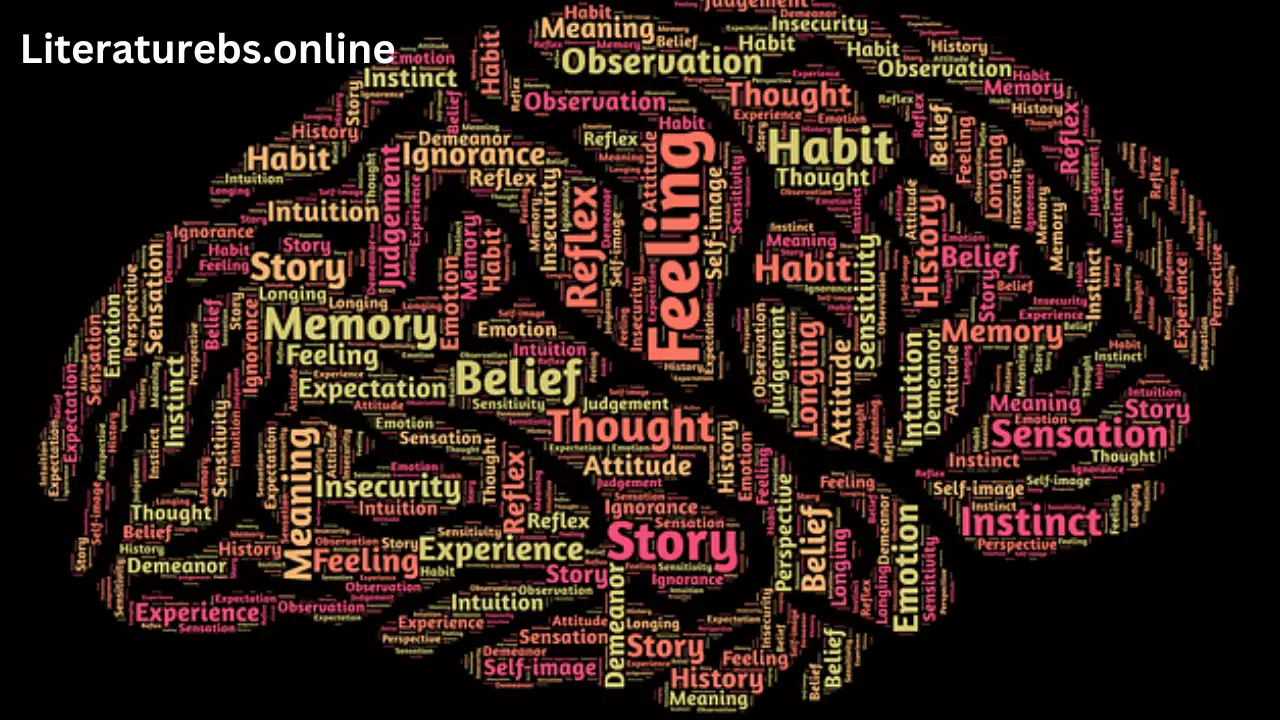Introduction to Psychoanalytic Theory
Psychoanalytic theory, developed by Sigmund Freud, is a comprehensive framework for understanding human behavior, thoughts, and emotions. Rooted in the concept of the unconscious mind, psychoanalysis explores how unconscious desires, fears, and conflicts influence conscious thoughts and actions. This theory has had a profound impact on psychology, literature, cultural studies, and various other fields, shaping our understanding of the human psyche.
Origin and Founder
Sigmund Freud, an Austrian neurologist and the founder of psychoanalysis, introduced his groundbreaking theories in the late 19th and early 20th centuries. Freud’s ideas emerged from his clinical work with patients suffering from mental illnesses, where he observed patterns of behavior that he believed stemmed from unconscious conflicts and desires.
Key Points of Psychoanalytic Theory
- The Unconscious Mind: Freud proposed that much of human behavior is influenced by unconscious impulses and conflicts that individuals are not consciously aware of. He divided the mind into three parts to represent different aspects of personality and psychological functioning.
- The Id: The id is the primitive, instinctual part of the mind, operating on the pleasure principle. It seeks immediate gratification of desires, without concern for consequences or societal norms.
- The Ego: The ego is the rational, conscious part of the mind, operating on the reality principle. It mediates between the demands of the id, the constraints of reality, and the moral standards of the superego.
- The Superego: The superego represents the internalized societal norms, values, and moral standards. It functions as the conscience, striving for moral perfection and condemning socially unacceptable thoughts and behaviors.
Freudian Analysis
Central to Freud’s theory is the idea that unconscious desires and anxieties often manifest in symbolic forms, such as dreams, slips of the tongue, and humor. He developed concepts like the Oedipus complex, repression, projection, and sublimation to explain how individuals cope with their unconscious conflicts and desires.
Dream Analysis
Freud considered dreams as a window into the unconscious mind, believing that they reveal hidden desires and conflicts through symbolism and latent content. He developed a method of dream analysis to interpret dreams’ symbolic meanings, uncovering repressed thoughts and emotions.
Application of Psychoanalytic Theory
In literature and cultural studies, psychoanalytic theory offers a compelling framework for understanding characters’ motivations, authors’ intentions, and readers’ responses. Psychoanalytic critics examine how characters’ behavior and relationships reflect their unconscious desires and conflicts, and how authors’ personal experiences and unconscious minds influence their writing.
Conclusion
Sigmund Freud’s psychoanalytic theory has profoundly influenced our understanding of human psychology, literature, and culture. By exploring the unconscious mind’s influence on behavior, thoughts, and emotions, Freud opened up new avenues for analyzing literature and uncovering the deeper psychological dimensions of human experience. Despite its critiques, psychoanalytic theory remains a valuable tool for understanding the complexities of human nature and the intricacies of literary texts.
Also read: Psychology and Its Developmental Stages
